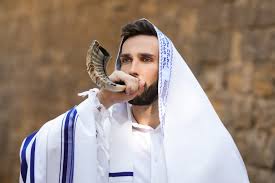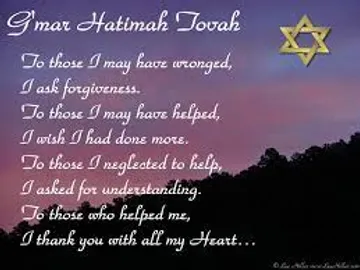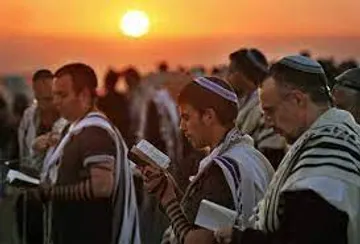This is on your calendar. What does it mean?
Today is “Yom Kippur”. It actually began at sundown last night. For those who don’t know and wish to be enlightened, Yom Kippur, also known as the Day of Atonement, is one of the most significant and sacred holidays in the Jewish calendar. Observed on the 10th day of the Hebrew month of Tishrei, Yom Kippur is a day of reflection, repentance, and reconciliation with God. In this brief blog, we’ll explore the significance, customs, and spiritual importance of Yom Kippur.
Understanding Yom Kippur | The Holiest Day in Judaism

The Significance of Yom Kippur
Yom Kippur holds a central place in Judaism, often considered the holiest day of the year.It follows the ten-day period known as the High Holy Days, which begin with Rosh Hashanah, the Jewish New Year. Yom Kippur is a day of deep introspection, when people around the world seek forgiveness for their sins and commit to a renewed spiritual path.

Repentance and Forgiveness
Central to Yom Kippur is the act of repentance, or “Teshuva” in Hebrew. It is believed that during this time, God judges every individual and decides their fate for the coming year. To prepare for this judgment, people engage in a process of self-examination, seeking forgiveness for wrongdoings committed in the past year.

Fasting and Prayer
One of the most well-known customs of Yom Kippur is fasting. From sundown to sundown, followers abstain from food, drink, and other physical comforts. This fasting is a symbolic act of purification, as individuals focus on their spiritual needs rather than their physical ones.
Throughout the day, the synagogue services are an integral part of Yom Kippur. The most prominent is the “Kol Nidre” service, which begins the evening before and includes the recitation of a special prayer that nullifies vows made unintentionally. Congregants also engage in intense prayer and chant the Vidui, a confessional prayer listing various sins.

White Attire
Many people choose to wear white clothing on Yom Kippur, symbolizing purity and the hope for forgiveness. This tradition serves as a reminder that this is a day to “cleanse” the soul.
The Blowing of the Shofar
Yom Kippur concludes with the blowing of the shofar, a ram’s horn. The shofar’s blast signifies the end of the day and the culmination of the High Holy Days. For those who practice, it is a powerful call to return to their spiritual roots and live a life of righteousness.
Yom Kippur is a deeply spiritual and meaningful holiday in Judaism, emphasizing the themes of repentance, forgiveness, and renewal. It is a time for individuals to reflect on their actions, seek reconciliation with God, and strive for a better future. Whether through fasting, prayer, or self-examination, Yom Kippur invites you to engage in a profound journey of the soul, fostering a deeper connection to their faith and community 🙏🏻. Now you’re in-the-know.